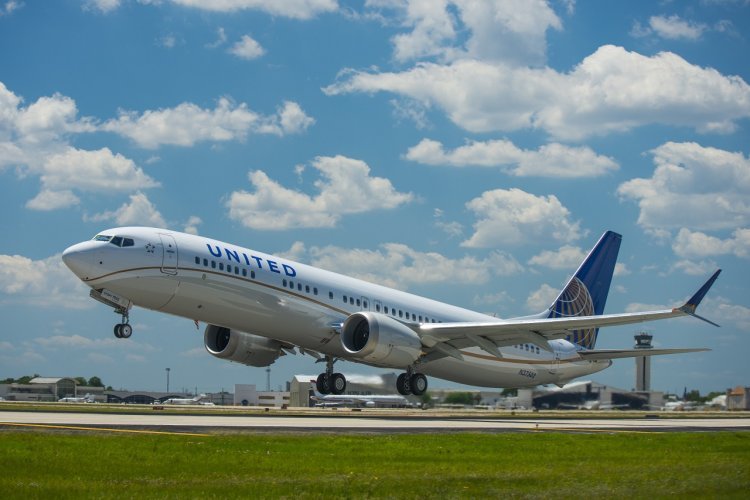"FAA Reveals Deadly Fault in 300 Boeing Planes Across US That Could Cause Jets to EXPLODE Mid-Air"
Explore the alarming revelation by the FAA regarding a deadly fault in 300 Boeing planes across the US that could lead to mid-air explosions. Join us as we delve into the implications of this critical issue and what it means for air travel safety. Stay informed and stay safe.

FAA discloses a critical flaw in 300 Boeing aircraft across the United States that could lead to mid-air explosions.
The aircraft manufacturer discovered that Boeing 777 aircraft have vulnerable electrical insulation around their fuel tanks, according to a proposed rule posted by the FAA in March.
Following the unexpected deaths of two Boeing whistleblowers this year, the Federal Aviation Administration (FAA) disclosed that at least 300 planes from the world's largest aerospace company have a potentially fatal flaw that could cause the entire aircraft to explode mid-air.
The aircraft manufacturer discovered that Boeing 777 aircraft have vulnerable electrical insulation around their fuel tanks, according to a proposed rule posted by the FAA in March.
"This condition, if not addressed, could result in an ignition source inside the fuel tank and subsequent fire or explosion," stated the Airworthiness Directives.
The FAA reported the issue in March and requested a response from Boeing and other independent experts by May 9, although it is still unclear whether the company complied.
A Boeing representative, speaking to Daily Mail, emphasized that the FAA's notice on March 25, 2024, was for a "proposed rulemaking," seeking feedback from Boeing and other involved parties before the FAA formally mandated any planned modifications to its 777 series of aircraft.
This marks one of the largest safety warnings issued to Boeing by regulators, following incidents such as door plug blowouts, mid-air engine fires, and two fatal crashes resulting in the loss of 346 lives.
The potential fatal flaw could impact nearly 300 Boeing aircraft in the United States, including the 77-200, -200LR, -300, -300ER, and 777F series jets.
FAA proposes solution for Boeing issue Upon being informed by Boeing about the issue, the FAA proposed a solution that would require an estimated $14 million to repair all 292 vulnerable US-registered aircraft.
"The proposed AD, issued by the FAA in March 2024, would mandate the installation of electrical bonding and grounding to a component in the center fuel tank. It would enforce service actions outlined by Boeing in a November 2023 alert bulletin," stated an FAA representative in a statement.
As per the proposal, each aircraft would undergo approximately 90 hours of examination before the installation of Teflon sleeves and cap fasteners in specific sections of the main fuel tanks.
If implemented, Boeing would need 60 months to complete the modifications, indicating that the vulnerability is not deemed a serious issue.
"We are aware of the FAA's notice of proposed rulemaking and had previously issued guidance to 777 operators on this," Boeing told Bloomberg.
Boeing further added that it fully supports the FAA's suggestions to make that guidance mandatory.
During a Senate testimony last month, Boeing whistleblower Sam Salehpour stated that there is no safety culture at Boeing. He accused Boeing workers of using erroneous and unproven methods to align parts on the 777.
Salehpour claimed that he was "ignored" and told "to shut up" after he reported the issue to the authorities.
Meanwhile, a Boeing spokesperson told The Post that this is not an imminent safety problem for flights. "There are multiple redundancies designed into modern commercial airplanes to ensure protection for electromagnetic effects."
The 777 fleet has been flying for almost three decades and has safely transported over 3.9 billion people, the representative added.
Boeing has been facing backlash for a variety of faults with its aircraft, including a door stopper that blew out during an Alaska Airlines trip in January.
What's Your Reaction?






















